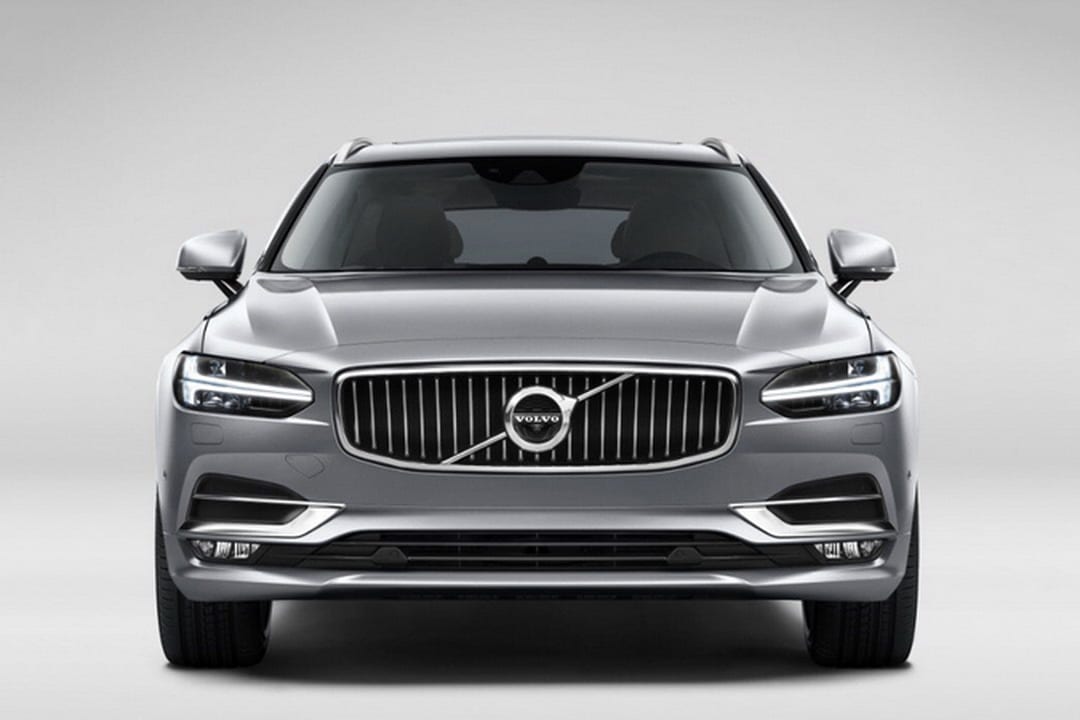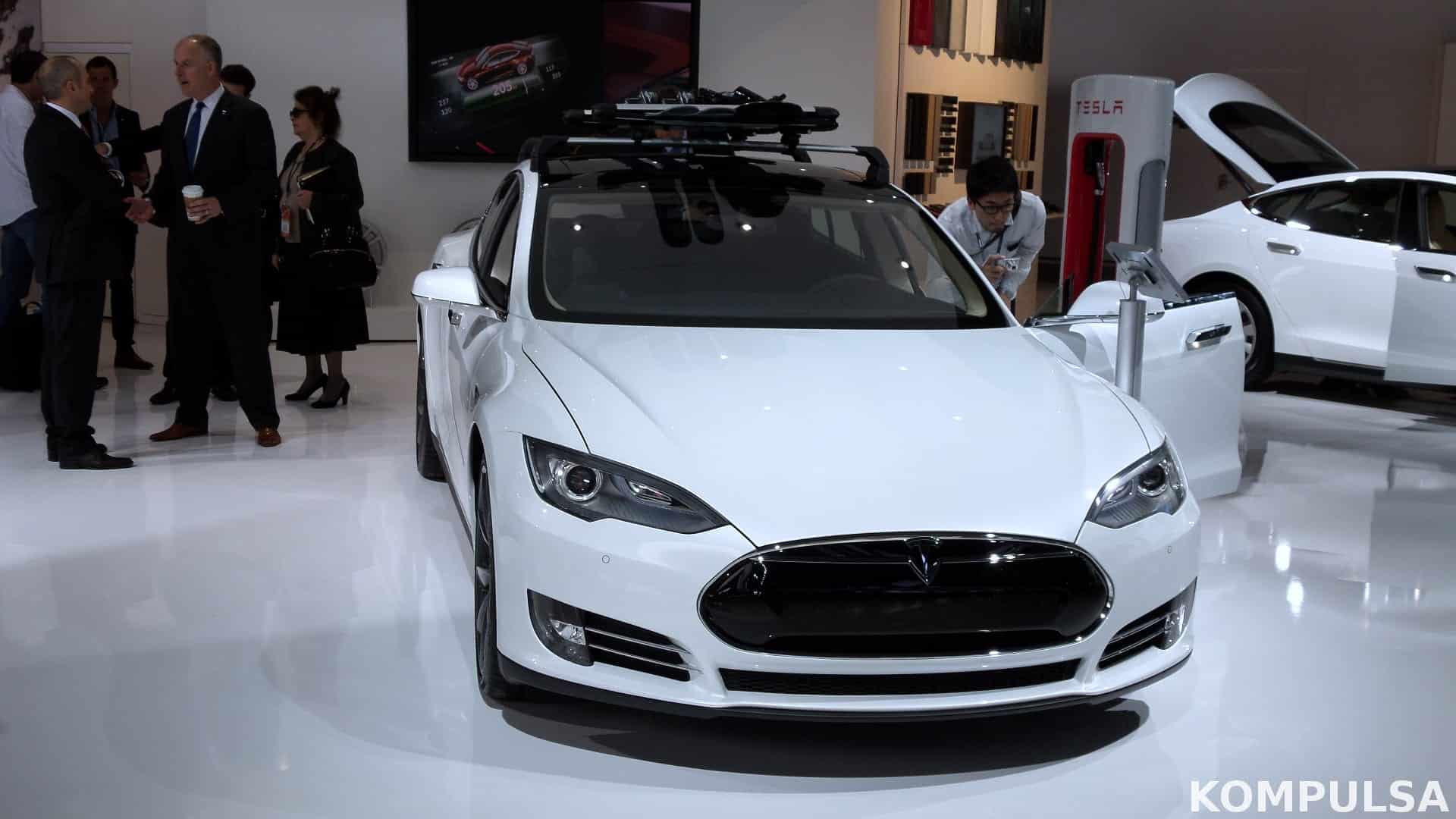Santa Clara County (in California) has mandated that new homes, and non-residential buildings be pre-wired to accommodate electric vehicle charging stations during their construction. This prevents owners from having to pay up to $2,000 to redo wiring in a building that has already been constructed. Pre-wiring for the chargers only costs up to $200.

Image Credit: Toyota.
The pre-wiring is for Level 2 EV charging stations, which operate at 220-240 volts, and can charge electric vehicles in four to seven hours.
“Despite their growing popularity and environmental benefits, lack of charging infrastructure remains a barrier for many wanting to purchase an electric vehicle,” said Supervisor Ken Yeager, President of County of Santa Clara Board of Supervisors. “This ordinance makes it easier for residents to replace conventional cars with electric vehicles, reducing greenhouse gas emissions in this county.”
Sheldon Haynie, outgoing president of the Wineries of Santa Clara Valley Marketing Association, opposes this ordinance, citing that small wineries may not be able to afford the installation of EV charging stations, which can cost thousands of dollars.
Transportation will likely be electrified at some point, whether it is within the next decade, or century, as electric vehicles are the longest lasting option, as they can use any electricity source, including the inexhaustible solar and wind.
If you like this article, please click the g +1 button at the top to upvote it, or subscribe using the form at the top right corner of the website. Thank you!
h/t: Plugin Europe.
Image Credit: Toyota.






